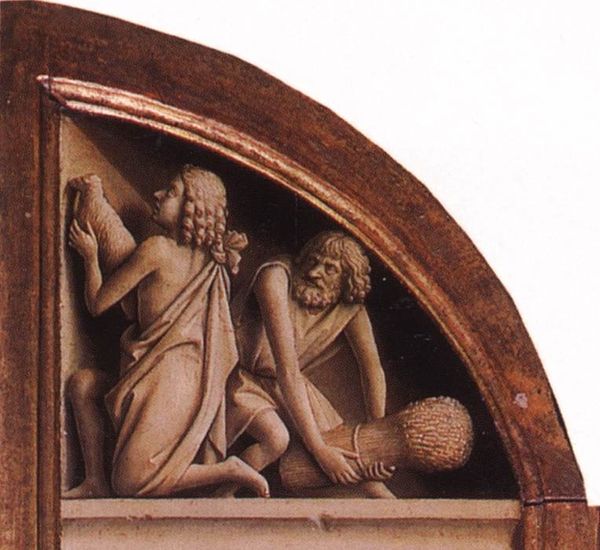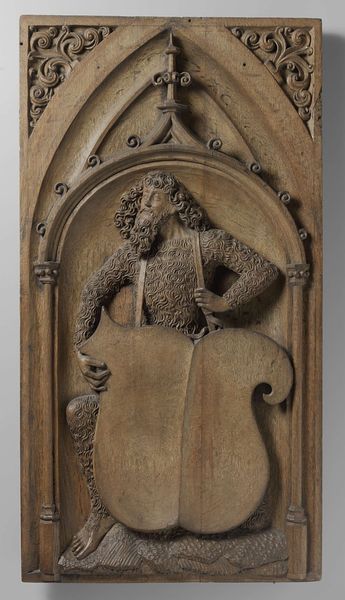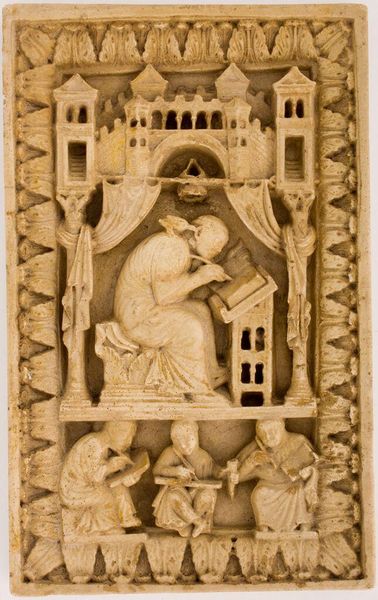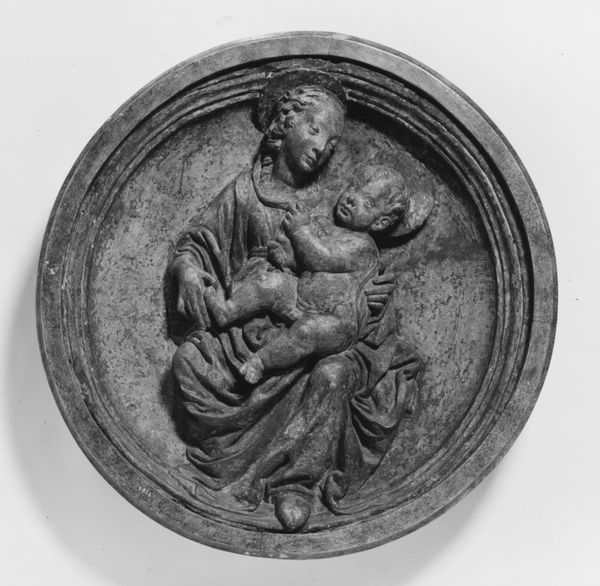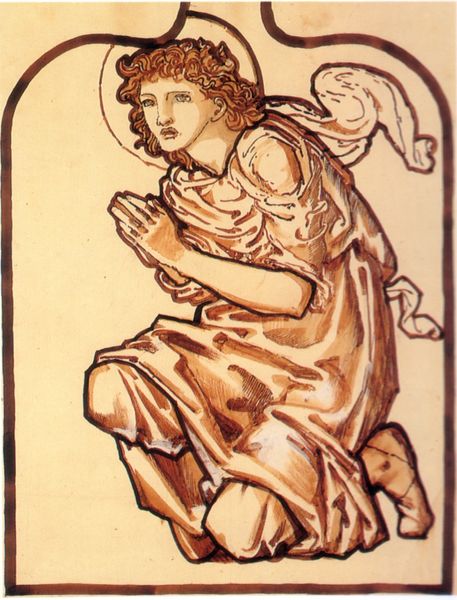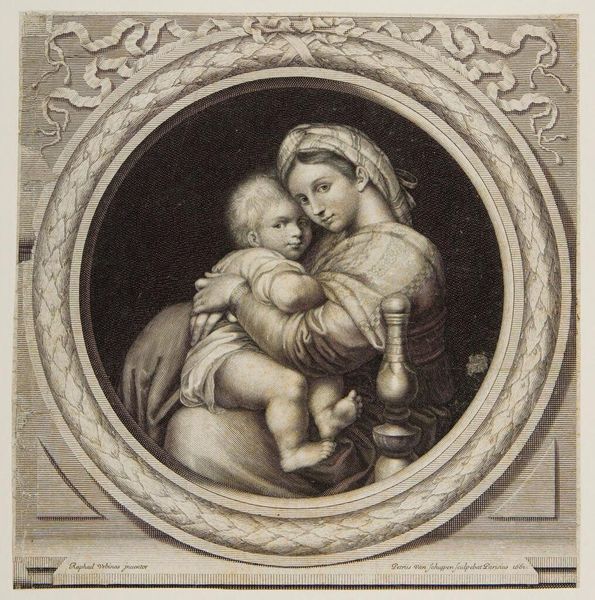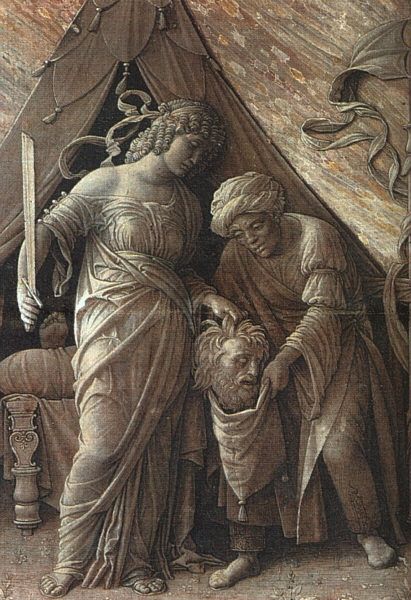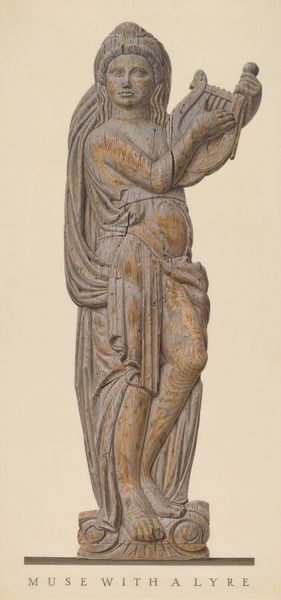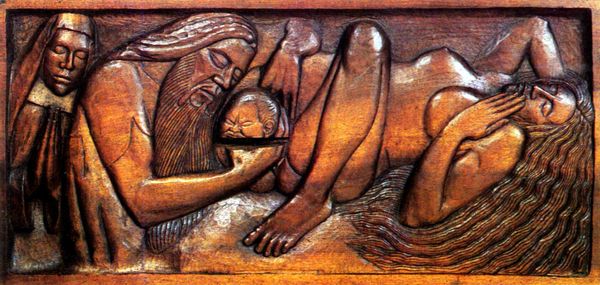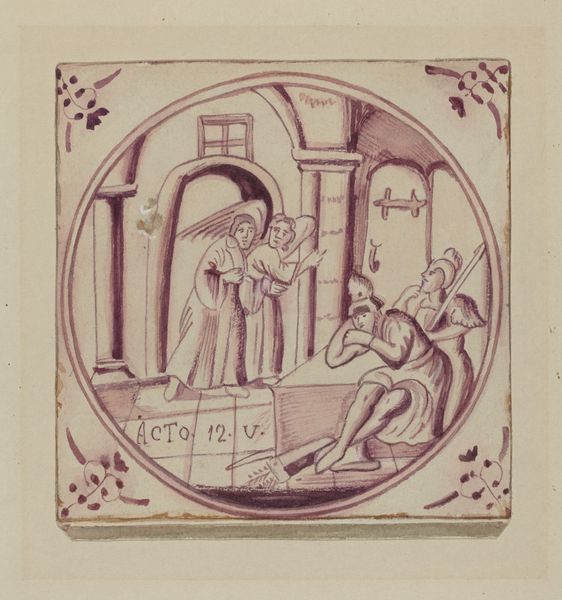
carving, relief, sculpture
#
medieval
#
carving
#
sculpture
#
relief
#
figuration
#
oil painting
#
sculpture
#
christianity
#
history-painting
#
early-renaissance
Copyright: Public domain
Editor: Here we have a detail from the Ghent Altar, created in 1432 by Jan van Eyck, crafted from what seems to be both oil painting and some sort of relief carving or sculpture. It depicts a brutal scene - a man sawing another! The raw emotion is startling. How do you interpret this depiction in its historical context? Curator: This panel is part of a much larger work designed for public veneration in the church. Knowing that, the gruesomeness serves a distinct purpose. Consider the socio-political and religious climate of the early Renaissance; the public role of art was didactic, conveying moral and theological narratives to a largely illiterate population. Think about the display within the church itself, not a museum; it was meant to impact people’s souls. Does that alter your impression? Editor: It does. The violence then might be less about literal brutality and more about a message of morality or even a warning. I imagine, located as it was, this must have elicited very intense reactions from viewers at the time! Curator: Precisely. These altarpieces reinforced social order and religious doctrine through carefully crafted imagery. How does viewing the panel, knowing its original viewers and purpose, change your feeling regarding censorship today, versus back then? Editor: Well, considering this level of violence was considered appropriate for public consumption, it makes me wonder how social norms surrounding what we consider acceptable depictions have changed over time. And perhaps also how political uses of art changed. Curator: Indeed! What seemed like shocking horror can be a political and religious instrument with intended viewership that had a role for this. We've discussed today an eye-opening reframing. Editor: Absolutely! It’s amazing how much more you understand a work once you view the intended role art had in the specific society that housed it.
Comments
No comments
Be the first to comment and join the conversation on the ultimate creative platform.
